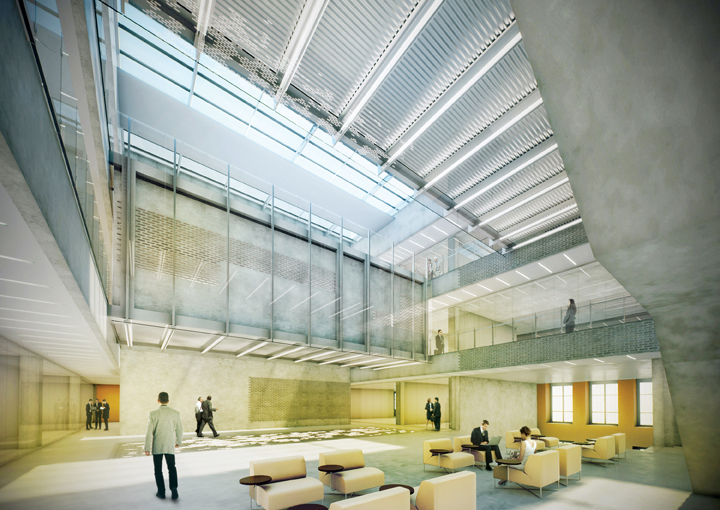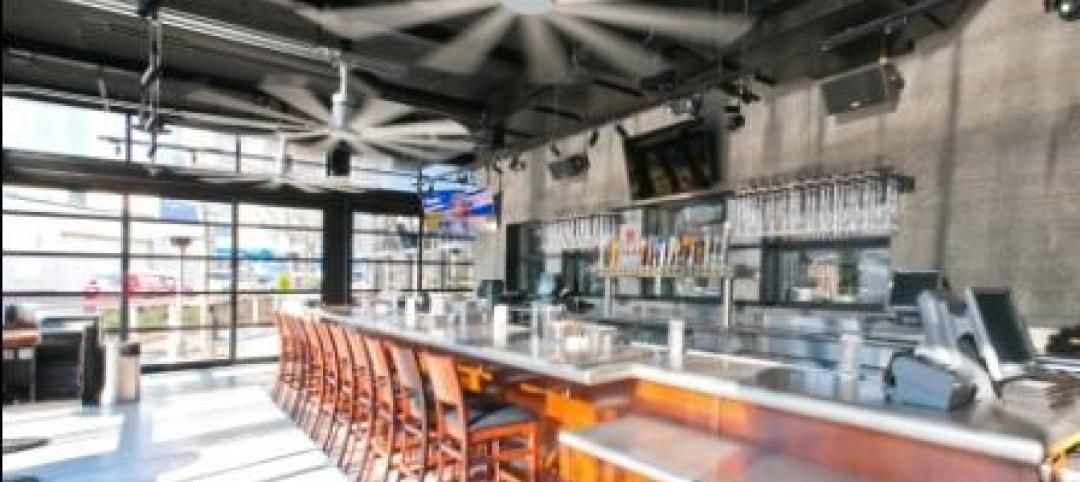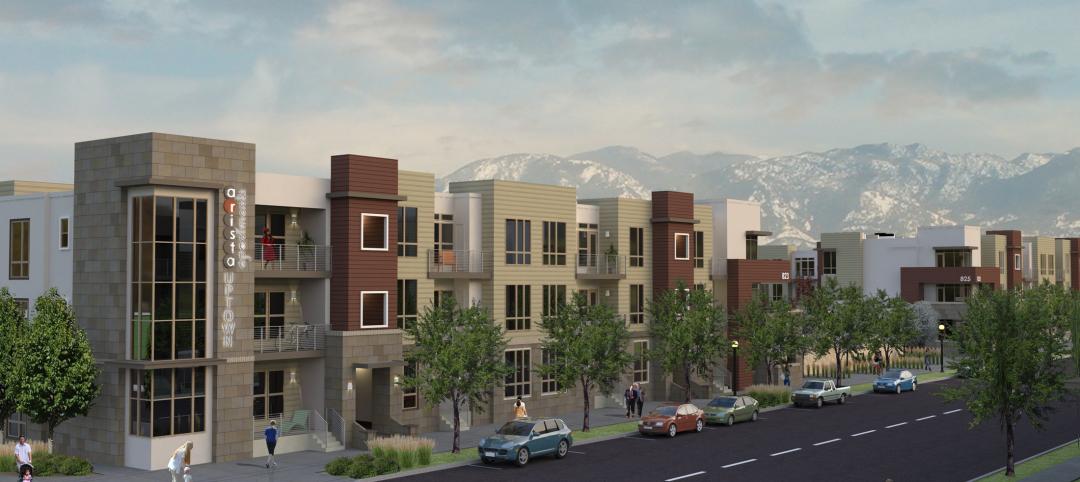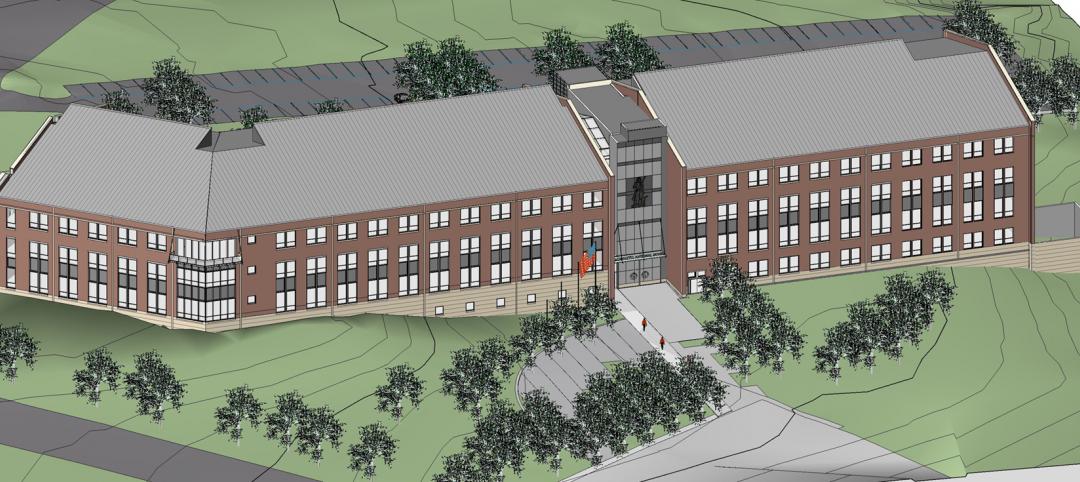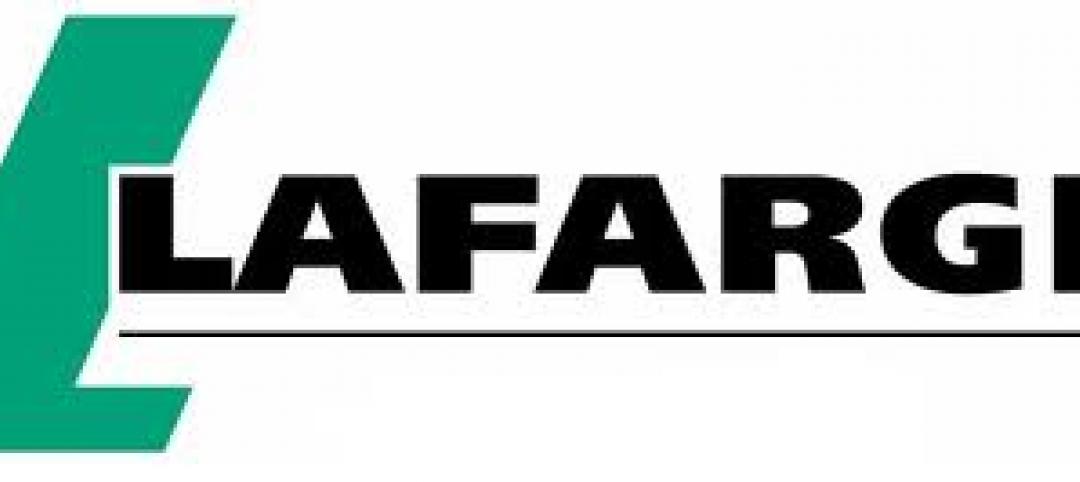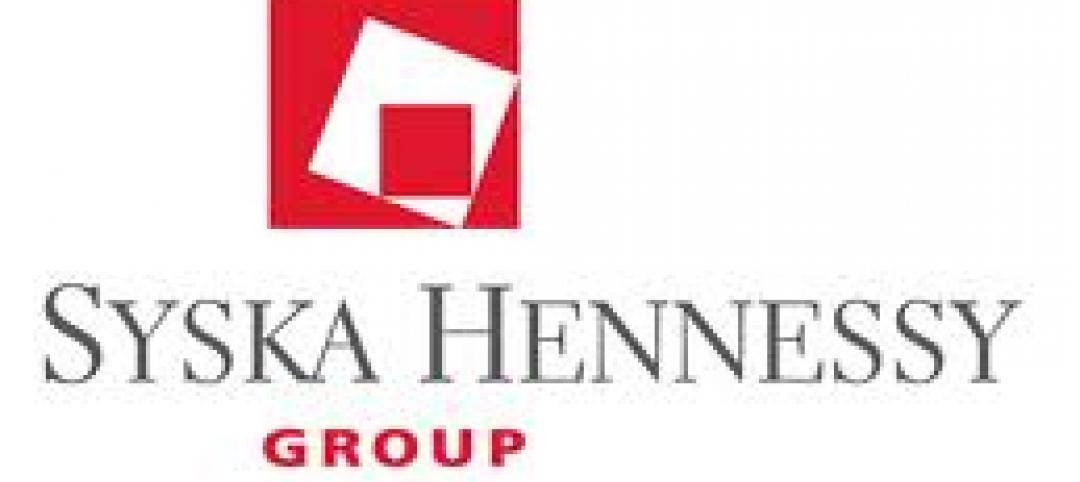In February, we opened our 2012 series on design and construction trends in university buildings with a report on “fusion facilities”. We continue the discussion with four more trends that are shaping collegiate projects:
- New concepts of classroom design
- Increasing use of flexible space concepts
- More common areas for collaboration
- Repurposing of library space
Behind these trends are several dramatic forces that are cutting right to the heart of the university’s mission:
- The growing use of project-based teaching
- The pressure to hold costs down as rising tuition and fees outpace inflation
- A movement to promote cross-disciplinary collaboration
- New technologies that are changing pedagogy and how students and faculty interact
1. NEW TAKE ON THE COLLEGE CLASSROOM
Current pedagogical methods at the college level emphasize problem-based learning and collaboration among students over the traditional lecture format. “Experiential learning is at the forefront of just about every discipline,” says Jeff Ziebarth, AIA, LEED AP, a principal in the Minneapolis office of Perkins+Will. “Students are becoming the instructors, and instructors are becoming facilitators.” Working on group projects is believed to promote better retention of knowledge than the traditional lecture model, researchers are finding. So, classrooms must change to meet these new demands.
The Technology Enabled Active Learning (TEAL) classroom in MIT’s Stata Center for Computer, Information and Intelligence Sciences contains 13 round tables, with seating for nine students per table, and three laptop computers per table to accommodate teams of three students. Instructors sit at a workstation in the center of the room. A typical class includes hands-on experimentation supported by interactive digital media.
New and renovated classrooms at many institutions include easily movable furniture and media-rich presentation technology. Missing from this picture: a front-of-the-room podium, says Brad Lukanic, AIA, LEED AP, a principal with Cannon Design, New York. “Every surface of the room has media on it,” he says. “There could be projectors on all four walls.” Packed with electronics, these rooms may require an upgraded electrical system on rehabs of older buildings.
Students can project their work onto a single screen for their own group or onto multiple screens for the whole class to view. “This design takes more square footage than the traditional classroom,” 25-40 sf/person for multimedia, vs. 17-18 sf/person for traditional, Lukanic notes. That makes it more critical for administrators to maximize the utilization rates of updated classrooms. In many cases, multiple departments must share these spaces, which goes against the grain of many institutions that are accustomed to having dedicated buildings for each discipline.
[pagebreak]
2. FLEXIBILITY: THE KEY TO NEW DESIGNS
At Duke University, Durham, N.C., the Link Teaching and Learning Center—a prototype area for testing new teaching methods—is a new space shared by many departments. Housed in the ground floor of the university’s central library, the technology-rich space is highly flexible to accommodate classes and study groups of varying sizes. A test bed for new classroom design, Duke has undertaken a detailed assessment of the Link for lessons on how other classrooms could be redesigned.
The flexibility to reconfigure space for different uses is built into many collegiate projects today. The Link’s classrooms feature an above-ceiling strut system with power and data connections. Speakers, cameras, microphones, and monitors can be easily installed and moved as needed. An IT support group is housed within the Link for assistance with the technology. Some classrooms have their own connected breakout rooms for group work. A large, open lobby area and wide corridors offer additional space for working groups to use. Large whiteboards on wheels and movable furniture allow groups to create their own nooks.
Furniture in Link classrooms is easily reconfigurable. Each classroom has slides posted on the wall to demonstrate multiple configurations; before class, students rearrange the furniture from these templates. “Faculty don’t want to be responsible for setting up furniture,” says Thomas D. Kearns, AIA, LEED AP, a principal with Shepley Bulfinch, Boston.
The University of North Carolina, Charlotte, recently broke ground on a small-business incubator, the PORTAL, that is designed to take flexibility even further. Most plumbing, electrical, communication, and HVAC systems have been positioned in the ceilings so that the walls can be easily moved or removed. “We looked at using demountable partitions, but the costs didn’t line up,” says Ryan J. Mullenix, AIA, a principal in NBBJ’s Columbus, Ohio, office. The typical small business stays in an incubator for about 39 months, he says, so reconfigurations would not be necessary often enough to justify the cost of demountable partitions. The building will be constructed so that additional wings could be connected on the ground floor at several locations in the future.
Increasingly, universities want flexible spaces that can have multiple uses over their lifetimes. “We’re working with clients to create more modular spaces,” Ziebarth says. For example, by using raised access flooring with displacement ventilation, a space can be inexpensively converted from a 40- to 50-seat classroom to five faculty offices by using movable, interchangeable wall systems.
[pagebreak]
3. PROMOTING COLLABORATION
Fostering collaboration is a common theme for most collegiate projects. Huddle space for students, faculty groups, and researchers is being set aside to promote interaction. Co-locating different disciplines within the same building is an increasingly common tactic, all in the belief that more effective learning, higher-quality research, and greater levels of innovation result when academics from different backgrounds and disciplines work in close proximity.
This concept is being implemented at UNCC’s Portal building which, to promote interaction among incubator firms, will have some offices with windows facing the interior of the building. Shared conference rooms and kitchenettes will be centrally located within bridges connecting two wings. These areas will be flooded with natural light to draw entrepreneurs together for impromptu conversations during the day; at night, they’ll be able to see others burning the midnight oil, possibly leading to breakthrough business opportunities, says Mullenix.
[pagebreak]
4. RETHINKING THE LIBRARY
As print rapidly migrates to digital, the mission of the campus library is—well, in turmoil. Not all books will go the way of the Encyclopedia Britannica, but that doesn’t mean that they all have to be on library shelves. Many universities are relocating at least part of their print collections to remote storage facilities—some using robotic automated retrieval systems—so that precious library space can be repurposed. Scholars can reserve them on their laptops for later pickup.
At some community colleges and primarily commuter colleges, library space has been converted to lounges and group study rooms, which are lacking at these institutions. “A lot of times, we’ll see students eating lunch in their cars because they don’t have a gathering space,” Mullenix says.
Some collegiate libraries are supplementing the campus computer lab by carving out space for media rooms equipped with large-screen, high-definition monitors and high-end software for video production or other functions that are out of the price range of most students.
“Multi-purpose,” “multi-use,” “reconfigurable”—these are becoming the watchwords behind many university construction projects. As the lines between disciplines blur and teaching methods continue to be refined to meet the demands of today’s online-oriented student, the built environment needs to be able to adjust accordingly. BD+C
Related Stories
| Apr 20, 2012
Shawmut completes Yard House Restaurant in Boston
12,000-sf restaurant marks new addition to Boston’s Fenway neighborhood.
| Apr 20, 2012
Registration open for Solar Power International 2012 in Orlando
President Bill Clinton to deliver keynote address at ?largest solar energy event in the Americas.
| Apr 19, 2012
The 10 mistakes most likely to get you sued
The California Chamber of Commerce has produced a white paper cataloging the top 10 mistakes most likely to get a company sued. While a few of the laws cited apply specifically to California, some of them are federal and may apply in your state.
| Apr 19, 2012
Holcim cement plants recognized at PCA Spring Meeting
The Holly Hill plant received the PCA’s Chairman’s Safety Performance Award in recognition of their exceptional health and safety programs. The Theodore plant received the Environmental Performance Award in recognition of the steps they take beyond those required by laws, regulations and permits to minimize their impact on the environment.
| Apr 19, 2012
KTGY Group’s Arista Uptown Apartments in Broomfield, Colo. completed
First of eight buildings highlights unique amenities.
| Apr 19, 2012
Nauset begins work on $20M Joint Forces HQ at Hanscom AFB
3D imaging key to project timetable and cost containment.
| Apr 19, 2012
HBD Construction names Steven Meeks vice president
Meeks will provide expertise for the company in its many diverse areas of construction projects including health care, senior living, education and retail.
| Apr 18, 2012
Lafarge moving North American headquarters to Illinois
Lafarge CEO John Stull says the factors in their decision were location in the Midwest and area transportation.
| Apr 18, 2012
Positive conditions persist for Architecture Billings Index
The AIA reported the March ABI score was 50.4, following a mark of 51.0 in February; greatest demand is for commercial building projects.
| Apr 18, 2012
Syska Hennessy re-launches Information and Communication Technology practice
The ICT practice will focus a blend of products including Information Technology, Security, Audiovisual, Building Automation, Fire Life Safety, Medical Communications and Intelligent Building Systems.


